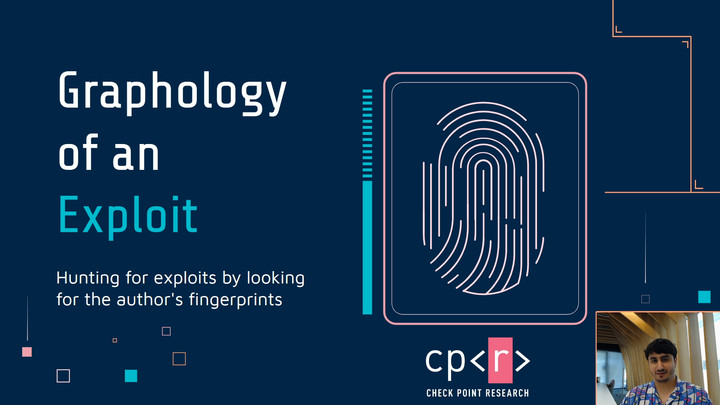Graphology of an exploit – hunting for exploits by looking for the author’s fingerprints


Downloads

Itay Cohen
Check Point Research Itay Cohen (aka Megabeets) is a security researcher and reverse engineer in the malware and vulnerability research group at Check Point Research. Itay has vast experience in malware reverse engineering and other security-related topics. He is the author of https://megabeets.net, a security blog focused on making advanced security topics accessible for free.Itay is a core developer of the open-source reverse engineering framework radare2 and the maintainer of Cutter, radare2’s official GUI. In his free time, he loves to participate in CTF competitions and to contribute to open-source projects.



 CTA TIPS
CTA TIPS 